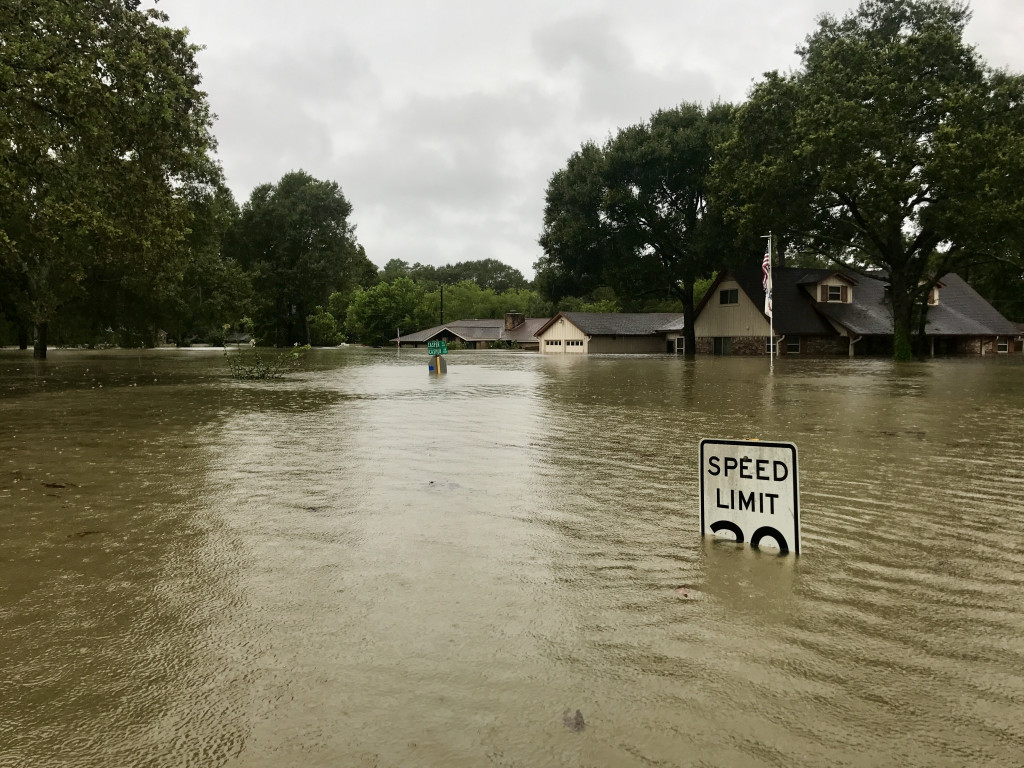Low-lying coastal parts of the world simply have no choice but to level up their strategies for any flood-related problems. Inventing sophisticated defenses and increasing resilience is not even about gaining global admiration but literally for their land’s and population’s survival.
Take, for example, the Netherlands that has to deal with 45 days of flooding every year. The very storm in 1953 that took thousands of people and properties became their greatest wake-up call. Until today, they refer to that event as a disaster with the same impact as the September 11 (9/11) bombing to us.
On that fateful day, the Netherlands stood up and finally mustered the unstoppable grit to level their defenses up no matter the cost and effort. Lessons are learned, and now there’s nothing left but the demand for continuous action. Climate change is worsening, and so, even the defensive measures should still have a standard.
This means that any technology invented and programs implemented today will have to be continually improved. There’s no room for complacency.
The Mid-century Sea-level Rise and the Most Vulnerable Countries
It’s estimated that in 2050, the sea levels will rise to .5 meters in coastal cities, thus putting 800 million people at risk of storm surges and land abolition.
Cities located in deltas are intensely vulnerable, even to the point of utter disappearance based on satellite readings that can accurately determine the sea-level rise. Estimating the effects based on this shows that 150 million people are actually dwelling in lands under the high tide line by 2050.
The small island states such as Kiribati, Maldives, Tuvalu, Vanuatu, Samoa, Nauru, Solomon Islands, Fiji Islands, and the Marshall Islands are at great risk of sinking. And it doesn’t exempt some cities of Asian countries, such as Vietnam, Thailand, China, Japan, Bangladesh, the Philippines, and India.
Some parts of Egypt and Africa may be obliterated, while in Europe, the most vulnerable remains are the Netherlands. Even New York, America’s emblem, is at stake, which is why the number of flood damage restoration franchises is on a spike. But New York learned from Hurricane Sandy, so it now has the Big U project and many others incoming.
A Brief Walk-through of Why Floods Are Increasing
Climate change is greatly responsible. With it comes global warming, resulting in the air holding 7% of water vapor that rapidly cools and turns into water droplets. These droplets then form a heavy rainfall.
Heavy rainfall for just short periods can lead to flash floods; moderate rain can overflow dams and rivers over a long time. On the other hand, the warming also melts the polar ice caps, which ultimately causes the increasing sea level and puts many deltaic coastal locations at risk.
The Rest of the World’s Impressive Flooding Strategies
The US is at risk, too, but it’s already taking necessary actions, particularly turning to the oldest flood experts in the whole world—the Netherlands—for ideas and inspiration, but other countries’ strategies also stand out.
Here are what the Netherlands and other countries did to address flooding, ensure human survival, and protect their properties:
-
Netherlands

For thousands of years, the Dutch have always focused on flooding control since they inhabit one of the most perilous areas in the world in terms of flooding. The Netherlands comes from the word nether, which means below, and it’s easy to see.
Fifty percent of the country’s land is just above sea level of about one meter. The rest are already under sea level. Given this situation, flooding management became a way of living and the highest allocation of their spending.
For now, their megaprojects include Delta Works that blend form, function, and attraction and see water for its use, not its danger. The goal is not to control nature, impossible as it is, but to be resilient through their foolproof storm surge barrier, dams, dikes, and sluice gates, all of which are built to prevent the disaster they went through in 1953.
-
South Korea
The country finished Saemangeum in 2010, the longest man-made dyke in the world that stretches to 21 miles (ca. 34 km) that separates the former Saemangeum estuary to the Yellow Sea.
-
Japan
Just after the March 2011 Tōhoku Tsunami that swept Sendai, Japan spent billions of dollars on building updated concrete seawalls that, in some places, go beyond 40 feet (ca. 12 m).
-
Venice
Floods in Venice can be catastrophic, too, which is why the country has its ongoing MOSE project, which stands for Modulo Sperimentale Elettromeccanico. It spans a mile in length to prevent floods and rising tides.
Final Thoughts
Fortunately, we still have the opportunity to reduce the flooding and correct the climate change that may get worse for years. This means flooding management isn’t just about defending countries from the rising water levels but also helping the planet regain balance.

